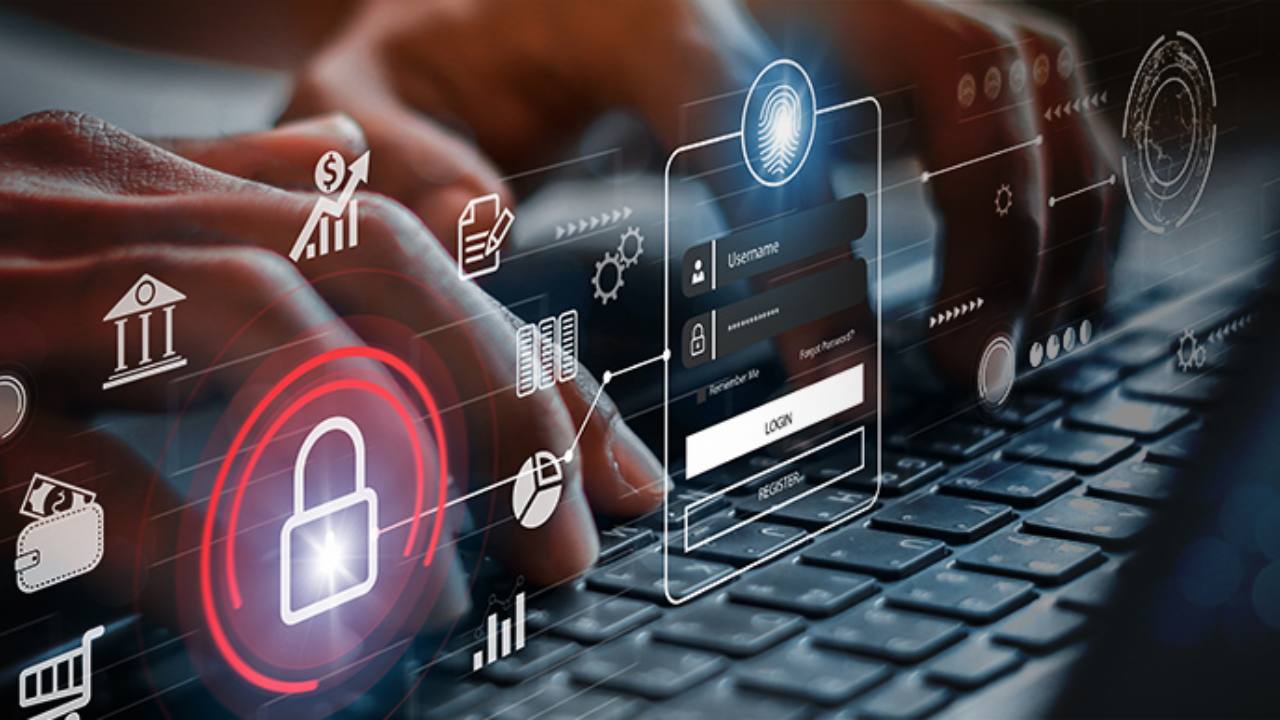

Retail Theft in the Digital Age: Challenges and Solutions
By Jordan Lippel, CPP, Vice-President of Sales, ECAMSECURE
The retail theft landscape is multifaceted and constantly evolving. Over the past few decades, significant changes have shaped how retail theft is perpetrated and prevented.
One of the most notable changes to the landscape is the advancement of technology. From the proliferation of CCTV cameras to the development of sophisticated anti-theft tags, technology has played a pivotal role in deterring and detecting theft. Advancements in data analytics and artificial intelligence (AI) have empowered retailers to analyze patterns and behaviors, helping them identify potential theft incidents more effectively. The rise of e-commerce has also introduced new challenges in combating retail theft, requiring the development of innovative security measures tailored to the digital landscape.
The emergence of organized retail crime groups has also posed increased threats to retailers. To combat this trend, retailers have had to collaborate more closely with law enforcement agencies and implement comprehensive security strategies.
Overall, the retail theft landscape has become more challenging to navigate. Retailers must adapt to these changes through technology, training, and collaboration to protect their assets and maintain a secure environment.
How are criminals using technology posing a threat to the retail industry? How has the evolution of cybercrime and AI contributed to this issue?
Can you describe the current retail theft landscape? In your 25 years of experience in crime prevention security technology, what are some of the biggest changes you have noticed?
Conversely, how can businesses use crime prevention technology to better protect themselves and their customers from theft?
Criminals are increasingly leveraging technology to pose significant threats to the retail industry.
The evolution of cybercrime has contributed to these threats by providing criminals with increasingly sophisticated tools and techniques to exploit vulnerabilities in retail systems and networks. For example, through data breaches and identity theft, criminals target retailers to gain access to sensitive customer information, which can result in financial losses, damage to brand reputation, and legal ramifications. Cybercriminals also target the supply chains of retailers to disrupt operations, steal intellectual property, or compromise product integrity.
Additionally, while AI provides numerous benefits for retailers, AI-powered bots and algorithms can also be used to orchestrate sophisticated cyberattacks, such as credential stuffing, in which stolen login credentials are systematically tested across multiple websites to gain unauthorized access.
As technology continues to advance, retailers must prioritize cybersecurity measures, including robust encryption, multi-factor authentication, employee training, and proactive threat detection, to mitigate risks and safeguard their assets and customers' data.
Businesses can leverage crime prevention technology to enhance security measures and protect themselves from theft. Some of these technologies include surveillance and access control systems, anti-theft tags and sensors, and Point-of-Sale Security, such as encryption, tokenization, and EMV chip technology. Retailers should also invest in robust cybersecurity solutions, such as firewalls and antivirus software, that protect themselves, their employees, and their customers from cyber threats.
By leveraging crime prevention technology and adopting a proactive approach to security, businesses can better protect themselves and their customers from theft, reduce financial losses, and uphold trust and confidence in their brand.
How can business leaders be best prepared to fight technology-enabled retail theft?
Business leaders can best prepare to fight technology-enabled retail theft by adopting a multi-faceted and proactive approach to security.
Retailers should regularly reassess security measures, update policies and procedures, and invest in emerging technologies to stay ahead of emerging threats. Additionally, business leaders should stay informed on current trends and threats, invest in training and education, conduct risk assessments, and develop incident response plans. Leaders can also foster relationships with law enforcement and industry partners and participate in industry-wide collaborations that allow organizations to collectively share intelligence and best practices.
How can leaders balance protecting their businesses from retail theft while still providing a good experience to customers?
Balancing the need to protect businesses from retail theft while providing a positive customer experience requires careful consideration of security measures and their potential impact on the customer journey.
One way this can be achieved is by implementing invisible security measures, such as hidden surveillance cameras and plainclothes security personnel. Minimizing the visibility of security measures helps maintain a welcoming atmosphere for customers while still deterring theft.
Additionally, retailers can tailor security measures to specific customer segments or locations based on risk assessments and historical data. This helps allocate resources while minimizing disruption to the overall customer experience.
Retailers can also train employees to remain vigilant for signs of suspicious behavior, implement clear and customer-friendly return policies, and regularly evaluate their security measures to identify areas for improvement through surveys and focus groups.
By adopting a balanced approach that prioritizes both security and customer experience, leaders can create a safe and welcoming retail environment that fosters trust and satisfaction among customers while effectively deterring theft and protecting business interests.





